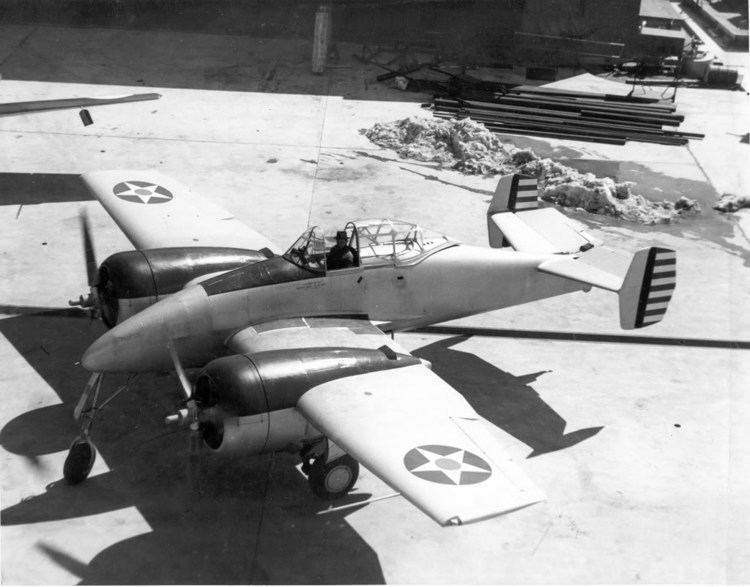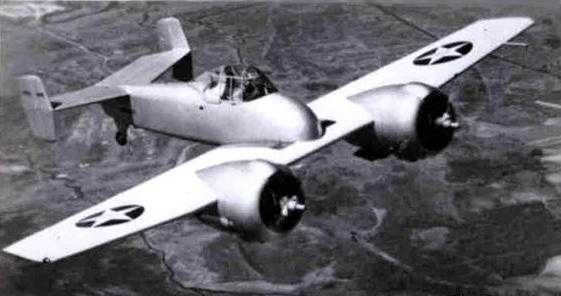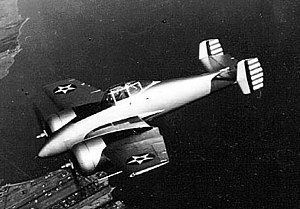Top speed 682 km/h Wingspan 13 m Cruise speed 510 km/h First flight May 14, 1941 | Range 2,010 km Length 9.73 m Engine type Wright R-1820 Cyclone | |
 | ||
War thunder grumman xp 50 american premium plane
The Grumman XP-50 was a land-based development of the shipboard XF5F-1 Skyrocket fighter, entered into a USAAC contest for a twin-engine heavy interceptor aircraft. The Army Air Corps placed an order for a prototype on 25 November 1939 designating it XP-50, but it lost the competition to the Lockheed XP-49.
Contents
- War thunder grumman xp 50 american premium plane
- World of warplanes grumman xp 50 gameplay
- Design and development
- Testing
- Variants
- Specifications XP 50 estimated
- References

World of warplanes grumman xp 50 gameplay
Design and development

First assigned Design 34, later G-41 by the builder, Grumman, the design was entered into competition alongside proposals from Bell, Brewster, Curtiss, Lockheed, and Vought. The XP-50 design was similar to that of the XF5F-1 with modifications to the fuselage nose to house the nose-wheel of the tricycle landing gear and provisions for self-sealing fuel tanks and pilot armor. The planned armament was two 20 mm (.79 in) cannon and two .50 in (12.7 mm) machine guns.
Testing

During testing, the XP-50 prototype (39-2517) was lost on 14 May 1941, falling victim to a turbo-supercharger explosion that destroyed the aircraft. The test pilot Robert Hall bailed out while the XP-50 plunged into Smithtown Bay in Long Island Sound.
Based upon experience with the XF5F-1 and the XP-50, Grumman had begun work on a more advanced fighter, designated model G-51. Thus, the USAAC decided to replace the XP-50 with the newer design and recommended procurement of two G-51s, designated XP-65, using the original XP-50 expenditure order to cover the development. Consideration was given to combining the Air Corps and Navy requirements into a common design, but the weight and performance penalties inherent in conflicting requirements were considered great enough that separate designs would be needed. Since the U.S. Navy considered Grumman one of its major production sources and that producing two different model aircraft by Grumman would impede manufacture of aircraft types the U.S. Navy needed, it was decided that development of the XF7F-1 would continue, and the XP-65 as a parallel development was abandoned.
Variants
Specifications (XP-50, estimated)
General characteristics

Performance
Armament
